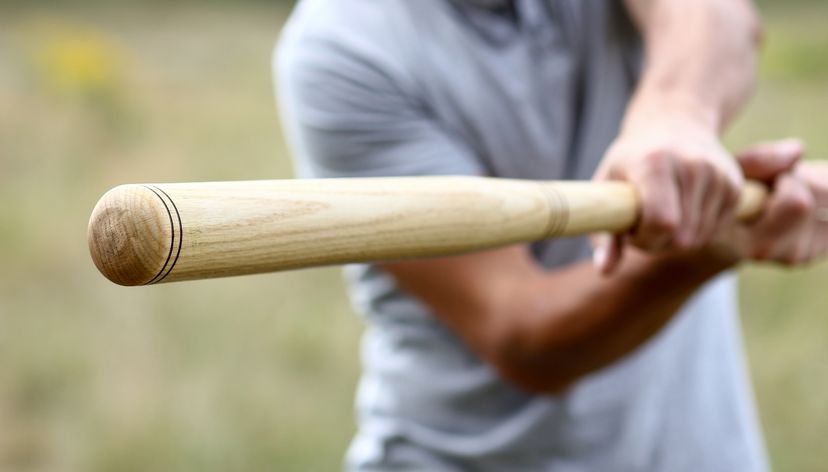
If you're a baseball enthusiast looking to step up your game from the comfort of your backyard, building a DIY batting cage might be the perfect project for you. Not only does it offer a convenient and efficient way to practice your swings, but it also brings the thrill of the ballpark right to your doorstep.
Advertisement